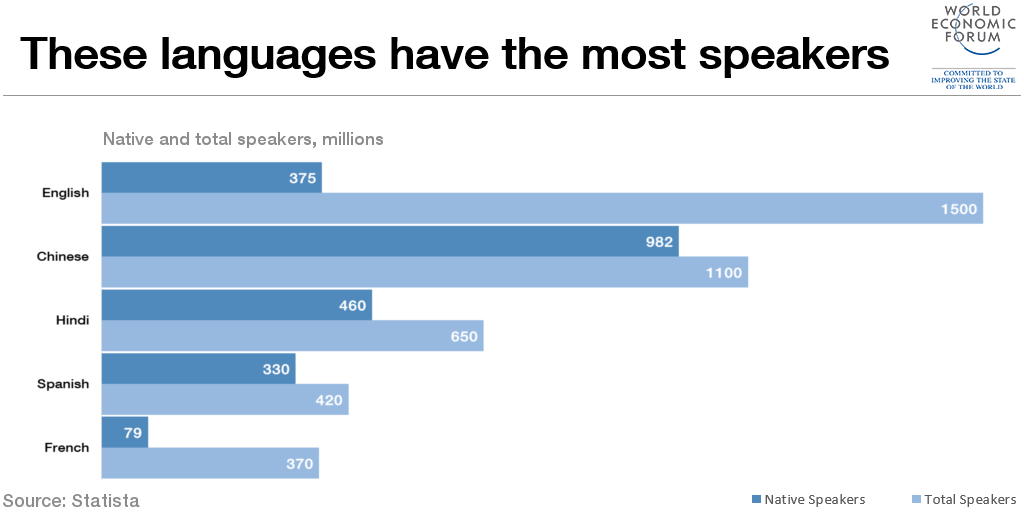

There have to be 12 unique base units for duodecimal, just as there have to be 16 for hexadecimal.

And why these words in Romance languages seem to have splintered due to geography while in Germanic languages they haven't?Įleven and twelve are remnants of a duodecimal system which still shows up in words like dozen. I'm mostly curious as to why the numbers 10-20 seem to have more differences between languages than any other set of numbers (after 0-10 of course). Modern Germanic languages all have 11 and 12 as unique words, while modern Romance languages are split between 11-15 (Spanish and Portuguese), 11-16 (French, Catalan and Italian) and none at all (Romanian). So it seems that in Europe only Germanic and Romance languages have unique words between 10 and 20.

Latin itself has 11-17 following one pattern, and 18 and 19 with a different pattern. Finnish and Czech appear to also have no unique words (or all unique words depending on your outlook: they use a suffix different to the word ten). Gaelic, Romanian and Hungarian have no unique words between 10 and 20. Greek also acts similarly and has 11 and 12 with different forms to the other numbers. and I just found out that Spanish and Portuguese go up to 15.Ĭhecking online I can see that Catalan and Italian follow French, going up to 16, while German, Dutch and Nordic languages follow English and stop at 12. French for example goes up to 16 before saying 10-7, 10-8 etc. Here I am using unique just to mean words which follow a different pattern to simply number + the word for ten, or which are formed differently to the other numbers between 10 and 20. But my question is why do different languages have different cut-off points for unique words. I've read a similar question here which mainly dealt with why English only has eleven and twelve as unique words with some interesting ideas.


 0 kommentar(er)
0 kommentar(er)
